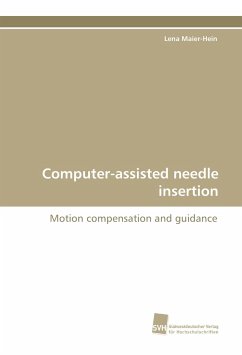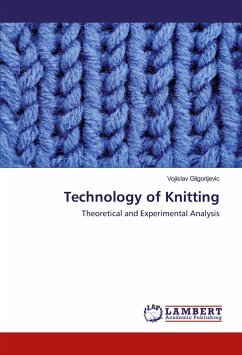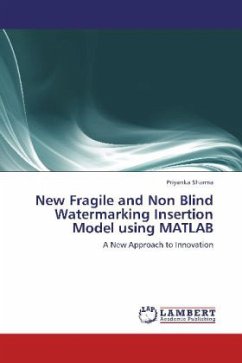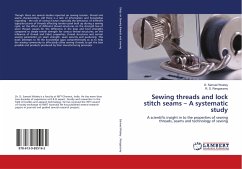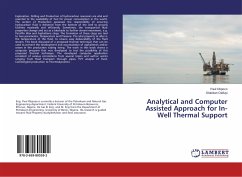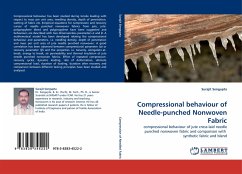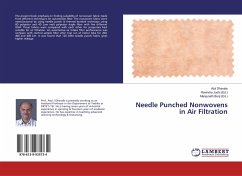Clinical practice is increasingly replacing traditional open surgical procedures with minimally invasive techniques for cancer diagnosis and therapy. These procedures typically require placement of a surgical instrument into the organ of interest with a high degree of accuracy. In general, the success of a treatment or of a diagnosis is highly dependent on the accuracy of instrument insertion and thus depends crucially on the skills and the experience of the physician. While intra-operative navigation has been proven to be highly effective in interventions on bony or sufficiently rigid structures, such as the spine and the brain, computer-assisted soft tissue procedures are still limited to non-invasive diagnostics and surgical planning. This book discusses contemporary approaches in computer-assisted soft tissue interventions. It presents and evaluates a real-time motion compensation method for percutaneous abdominal interventions based on fiducial needles, a guidance method to allow for fast and precise insertion of a needle-shaped instrument along a predetermined trajectory and a respiratory liver motion simulator for evaluating the proposed methods in a realistic setting.
Bitte wählen Sie Ihr Anliegen aus.
Rechnungen
Retourenschein anfordern
Bestellstatus
Storno

